Hi everyone! My name is Ethan Trokie and I’m a rising junior at Northwestern University and I’m studying computer engineering. I’m currently working with Pete Beckman, Zeeshan Nadir, and Nicola Ferrier as part of the Waggle research project in the Mathematics and Computer Science Division. The goal of the Waggle research project is to deploy an array of sensors all over Chicago to detect different things such as air quality, noise, and other factors. The data that will be collected will become open source so that scientists and policy makers can work together to make new discoveries and informed policy. What waggle is doing is a massive shift from previous environmental science data collection techniques. Previously scientists used very large sensors that are very expensive and precise but very sparse. Waggle is trying to move towards small sensors that are much less expensive and slightly less precise, but there are a lot more of them. This new technique can give scientist much more localized data which can lead to novel discoveries.
What I’m working on specifically is machine learning and computer vision that runs locally on the Waggle nodes, which are what we call the containers which hold all of the sensors. My task is to use a camera that is on the Waggle node to detect flooding in the streets using just the camera. This can help the city of Chicago get data where flooding commonly happens and can help then clean up the flooding faster by knowing where the actual flooding is happening.
I’ve spent this summer so far learning what machine learning is and how to use it to detect water. What makes my project interesting is the fact that water is difficult to detect because water doesn’t have a shape or color, so it’s difficult to tell the computer exactly what to look for. But there has been some research into detecting moving water and I’ve created a good detector in python by just looking at a short video. Below are two sample videos that my program has classified. The center image is a frame from the video, the left most image is the mask over the non-water that my program created, and the right most image is the mask over the actual image.
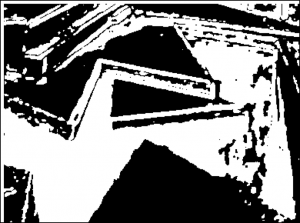
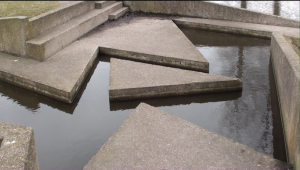
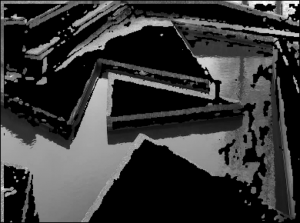
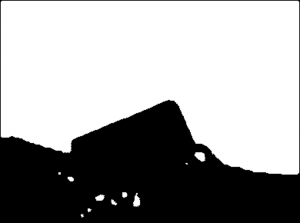
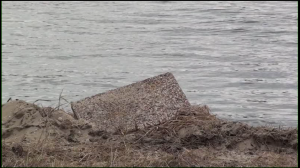
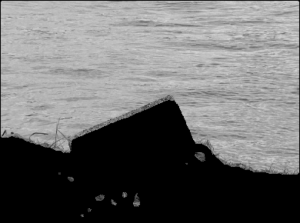
Next I am going to improve this classifier to become even more accurate. In addition, right now it only really works on moving water, but I hope to be able to expand this machine learning to be able to classify standing water as well. I’m excited to get more acquainted with different types of machine learning algorithms and hopefully see my code run on a waggle node in Chicago and see if it creates positive impact on Chicago.